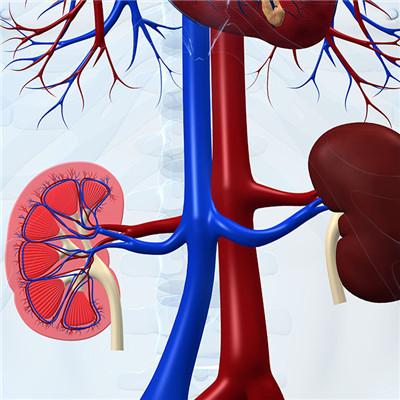Typical symptoms of Parkinson's disease
summary
Typical symptoms of Parkinson's disease? About 50% of patients with Parkinson's disease have depression and anxiety, and tend to commit suicide in varying degrees.
Typical symptoms of Parkinson's disease
Symptom 1: static tremor. Tremor can be said to be the most obvious feature of Parkinson's disease. It can be said to be the basis of diagnosis. It is often the earliest manifestation of Parkinson's disease. Usually, there will be unilateral finger rub pill like movement, and then it will develop into involuntary rhythmic tremor of ipsilateral lower limb and contralateral limb when they are still. When changing position or movement, the symptoms can be alleviated or stopped. This is one of the typical symptoms of Parkinson's disease.

Symptom 2: muscle stiffness, muscle stiffness will affect the patient's ability to move. In the early stage, the patients felt stiff joints and tight muscles from unilateral limbs. When the facial muscles are affected, the "mask face" with rigid expression will appear, and the "three curve posture" of trunk, limbs and knee joint flexion will be affected. It's also typical of Parkinson's disease.

Symptom 3: tardiness. In the early stage, the fine movements of the upper limbs became slower. It's difficult to start when walking. Once you start, you lean forward. The pace is small and the faster you walk, so you can't stop in time. It's so difficult to turn around that you have to take several small steps in a row. This is typical Parkinson's disease.

matters needing attention
Parkinson's disease patients are mostly middle-aged and elderly people, the most significant feature is tremor paralysis. With the aggravation of Parkinson's disease, it will lead to abnormal behavior, abnormal feeling and movement disorder, even dysphagia.














